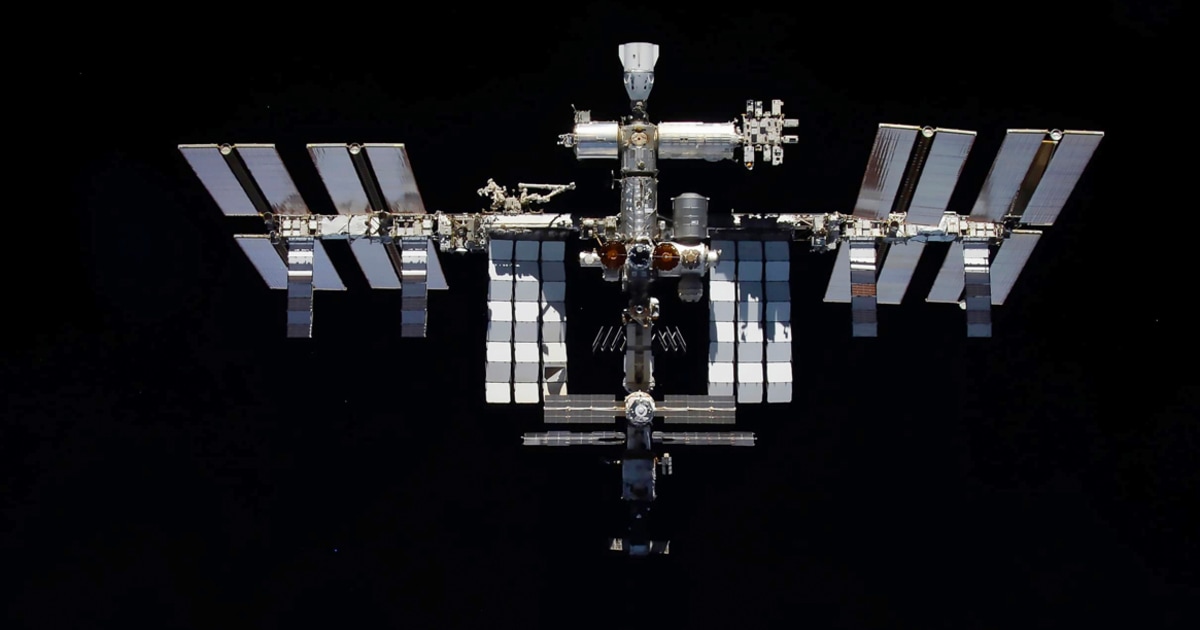In a groundbreaking experiment that pushes the boundaries of our understanding of life’s resilience, scientists have discovered that moss can survive extended exposure to the harsh conditions of outer space. For nine months in 2022, moss spores were attached to the exterior of the International Space Station (ISS), where they faced the vacuum of space, extreme temperatures, and intense radiation — conditions that are typically lethal to most living organisms. Remarkably, the moss not only survived but also retained its ability to reproduce once returned to Earth, suggesting that life from our planet has cellular mechanisms capable of enduring the extreme environment of space.
This study, published in the journal iScience, was led by Tomomichi Fujita, a professor in the department of biological sciences at Hokkaido University in Japan. Fujita and his team were inspired by moss’s known resilience on Earth, where these primitive plants thrive in some of the most extreme environments, from the frigid Antarctic tundra and high Himalayan peaks to volcanic lava fields and aquatic habitats. Mosses are among the earliest land plants, having evolved roughly 450 million years ago when plants first began colonizing dry land from aquatic environments. Their ability to survive in such varied and often inhospitable conditions sparked Fujita’s curiosity about whether moss could endure the even more extreme conditions of space.
Before sending moss into orbit, the research team conducted extensive experiments simulating space-like conditions in their Earth-based laboratory. They focused on a species called Physcomitrium patens, testing its sporophytes — the moss’s reproductive spores encased in protective structures — for their ability to withstand the rigors of space. These sporophytes were chosen because initial tests showed they could endure high levels of ultraviolet (UV) radiation, a major threat to living cells in space. The researchers subjected the spores to extreme temperatures, ranging from a blistering 131 degrees Fahrenheit (about 55 degrees Celsius) for a month to a frigid minus 320 degrees Fahrenheit (minus 196 degrees Celsius) for over a week, as well as vacuum conditions similar to those in space. The spores survived these trials and were still capable of germinating afterward.
Encouraged by these results, the team sent hundreds of moss sporophytes to the ISS in March 2022 aboard a cargo spacecraft operated by aerospace company Northrop Grumman. Astronauts affixed the samples to the station’s exterior, fully exposing them to space’s unforgiving environment for 283 days. In January 2023, the moss samples returned to Earth on a SpaceX cargo mission, where researchers assessed their viability.
The results were astonishing. More than 80% of the moss spores survived their nine-month exposure to space, and nearly 90% of those survivors were able to germinate successfully in laboratory conditions. “We expected almost zero survival,” Fujita remarked. “But the result was the opposite: most of the spores survived. We were genuinely astonished by the extraordinary durability of these tiny plant cells.”
The researchers believe that the protective outer structures surrounding the spores played a critical role in shielding them from the damaging effects of UV radiation and the vacuum of space. These spore capsules may be an evolutionary adaptation that allowed early land plants to survive mass extinction events hundreds of millions of years ago, providing protection as plants began to colonize terrestrial environments.
While the study primarily focused on survival over nine months, the team suggests that moss spores could potentially survive in space for much longer — possibly up to 15 years. This opens exciting possibilities for the future of space exploration and colonization. For instance, moss and other hardy plants might be integral to developing sustainable agricultural systems in extraterrestrial habitats, such as lunar bases or Mars colonies. Understanding how plants endure and grow beyond Earth is a vital step toward constructing ecosystems that can support human life on other worlds.
Fujita emphasized the broader implications of the research: “Ultimately, we hope this work opens a new frontier toward constructing ecosystems in extraterrestrial environments such as the Moon and Mars.” The study not only highlights the incredible durability of early land plants but also suggests that life as we know it may be more adaptable to space conditions than previously thought.
This moss experiment adds to a growing body of research exploring how life can survive and adapt beyond Earth. While many previous space biology experiments have been conducted inside the relatively protected environment of spacecraft or space stations, this study is unique in placing living organisms directly on the station’s exterior, exposing them to the vacuum, temperature extremes,

